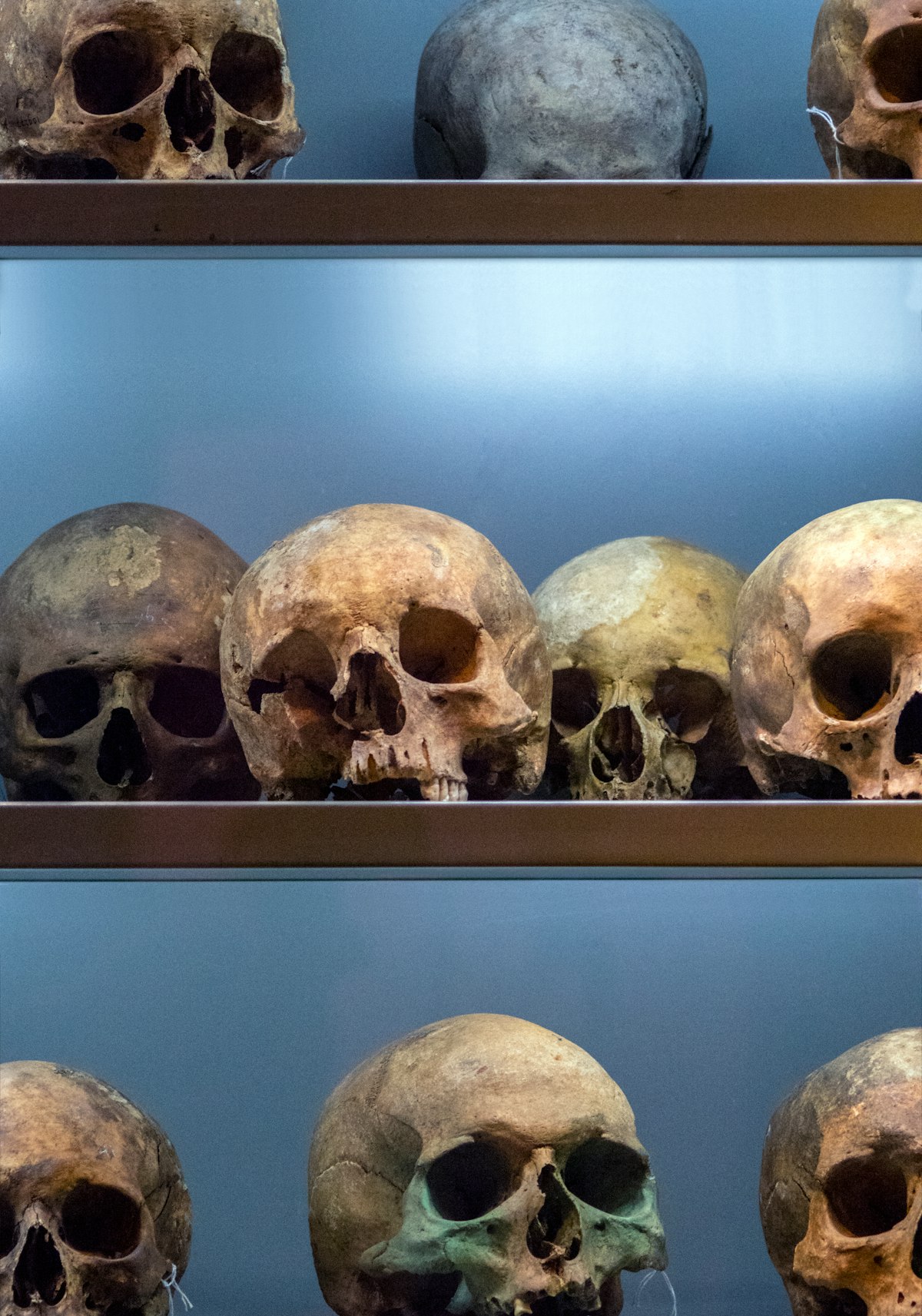Mexica practiced anthropophagy; the meat of the sacrificed was eaten by individuals of high social rank
Anthropophagy was practiced by the Mexica: rulers, priests, and some warriors were the only ones who could eat human flesh during religious rituals.

Fragments of human bones with cut marks and prolonged exposure to fire have corroborated that during the Postclassic period (900 to 1521 A.D.), rulers, priests, and some warriors of certain ranks practiced anthropophagy in religious rituals. This is the result of research by archaeologist Gabino Lopez Arenas on skulls, tibias, fibulas, humeri, and mandibles found in offerings from the Templo Mayor and other precincts near the historic center of the capital.
The analysis of anthropophagy in the Mexica people is part of the thesis Decapitation and dismemberment in rituals of the ceremonial precinct of Tenochtitlan: an interpretation of its symbolism. The osteological evidence found within the area that encompassed the Sacred Precinct of Tenochtitlan, allows proposing that the individuals were decapitated and dismembered, most of them when they still possessed soft tissues.
It was observed that the victims immediately after being immolated were disemboweled since a great number of bony parts presented cuts or alterations that were made in fresh bone and traces that were directly exposed to the fire.
The purpose of the practice of anthropophagy was to absorb the divine force housed in the body of the sacrificed. For the Mexica, the human victims were the incarnation of the gods they represented, and by eating their flesh, they practiced a kind of communion with the divinity.
The meat of the sacrificed was eaten in certain ceremonies by individuals of high social rank, but it never became a regular part of their diet.
Lopez Arenas cited in his study the Spanish writer Francisco Cervantes Salazar, who is referring to the ritual of anthropophagy detailed that legs and arms were the most appreciated portions and the most frequently eaten, but that hands and feet were exclusive to the high priest and the ruler.
"That these parts were given to this personage was a distinction, since they were considered the most liked. As for the blood, this was never consumed, since it was exclusive food of the gods."
The researcher added in his text a quote from Diego Durán, who wrote that within the Mexica militia one of the privileges of the warriors who acquired the rank of tequihua was to be able to eat human flesh in certain ceremonies. To achieve this rank they had to have taken at least four prisoners in battle.
"At certain feasts they could wear cotton and bring shoes into the palace, eat male flesh and drink wine. In addition, they could receive part of the tribute given by the conquered peoples," wrote Durán.
These rituals were performed on specific dates. For example, in the festivities of the first-month atlcahualo of the year in the Mexica calendar, children were sacrificed in honor of the gods of water or rain, and after death, they were cooked and eaten.
While in the month tlacaxipehualizli, those sacrificed in the temple of Huitzilopochtli were devoured in the house of the warrior who captured them. "They cooked the meat and gave each diner a piece in a bowl or cajete".
Another religious ritual of the Mexica was the symbolic theophagy, which took place in the feast of the god Huitzilopochtli in the month panquetzaliztli, whose image was made with dough made of amaranth seeds, which is a simulated way was sacrificed and dismembered and its pieces distributed among the community to be eaten.
The victims destined to the sacrifice were provided by the warriors, the occupational groups, and eventually the tlaloques (helpers of the gods) or lords. These could be of any sex and age, it is known that they were generally war captives or slaves, and on rare occasions, they were townspeople or nobility.
The human offerings were delivered to the priests so that they carried out the ritual occision (violent death), and thus they contributed the vital energy of the human beings to the gods: that of the captive warriors would be destined to the Sun and that of the slaves to the gods of the water and the maintenances.
Source: INAH




